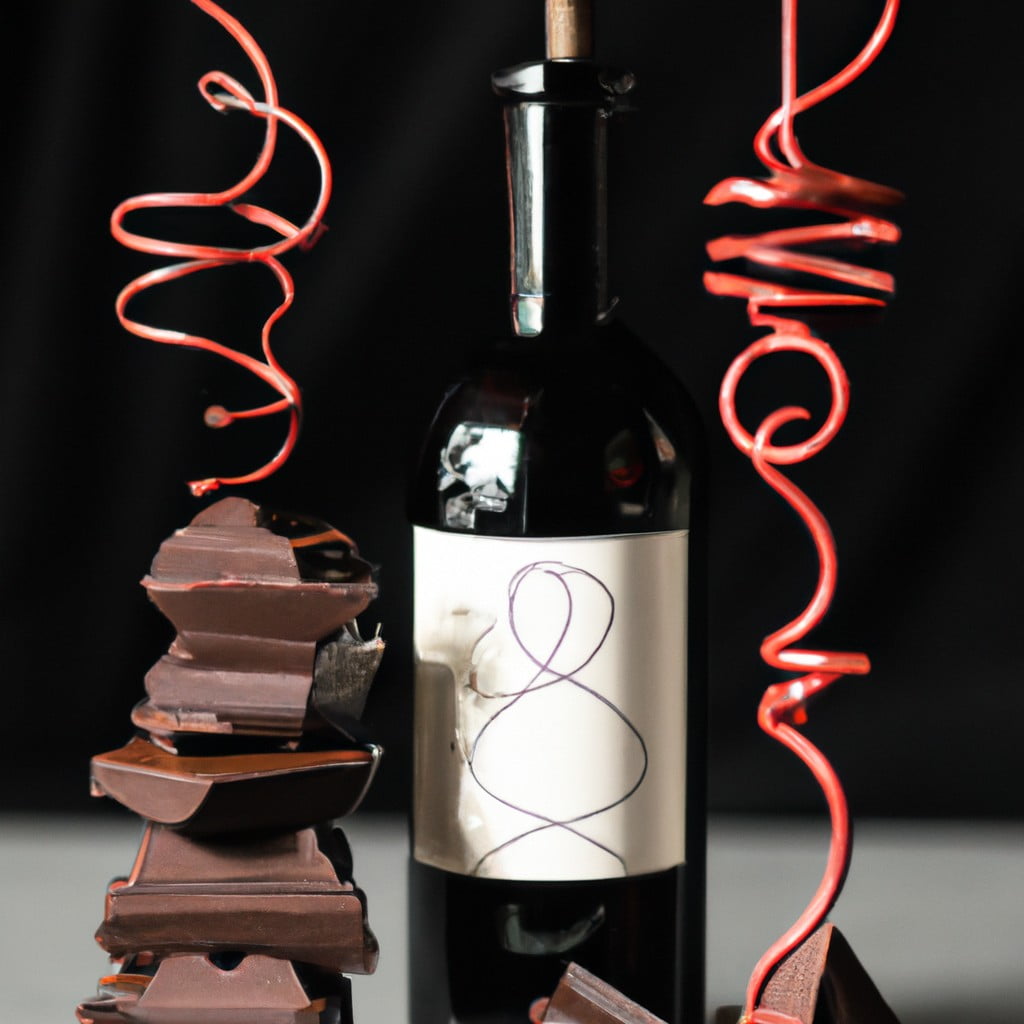Chocolate liquor is the pure, ground form of cocoa beans and is the base for all chocolate products, which we’ll dissect to understand its role in chocolate making.
Key takeaways:
- Chocolate liquor is the pure ground form of cocoa beans.
- It serves as the base substance for various chocolate products.
- Chocolate liquor can be used for baking, confectionery filling, and cocoa production.
- It contains cocoa solids and cocoa butter in equal measure.
- FDA regulations set standards for chocolate liquor composition and labeling.
Inside
Origin

Chocolate liquor begins its journey as the fruit of the cacao tree, Theobroma cacao. Native to tropical regions of Central and South America, this tree’s seeds are the crucial ingredient.
Once harvested, the cacao seeds, also known as beans, undergo a fermentation process to develop their flavor. Following fermentation, the beans are dried, roasted, and cracked, resulting in nibs.
It’s these cacao nibs that are ground into a thick, rich paste – the purest form of chocolate, devoid of any added sugar or milk. This paste, still containing both cocoa solids and cocoa butter, is what we call chocolate liquor.
It serves as the base substance from which various chocolate products are made, each distinguished by its specific processing and ingredient additions.
Function
Chocolate liquor plays a pivotal role as the base from which all chocolate products are made. Its versatility is showcased in various applications:
- Foundation for Other Chocolate Forms: By blending with additional cocoa butter, sugar, and milk, chocolate liquor transforms into milk chocolate, white chocolate, and dark chocolate, each offering distinct flavors and textures.
- Baking and Cooking: It imparts a rich cocoa flavor in recipes, from brownies to mole sauces, without the added sweetness of chocolate bars.
- Confectionery Filling: Due to its consistency, when cooled and set, it’s ideal for ganaches and truffle centers.
- Cocoa Production: When pressed, it separates into cocoa solids and cocoa butter, the former used to make cocoa powder for beverages and as a flavoring agent.
Its essential role in the texture and flavor development of chocolate products underlies the importance of the chocolate-making process.
Commercial Production
The transformation from raw cacao beans into chocolate liquor involves a series of precision steps. Initially, manufacturers sort and clean the beans to ensure only the highest quality specimens proceed. The beans are then roasted, a step crucial for developing the distinct chocolate flavor. The shells are removed to extract the nibs, which contain the essence of the flavor profile.
The nibs undergo a grinding process, which generates heat and causes the nibs to melt, forming a thick, rich paste known as chocolate liquor. In this state, the substance contains both cocoa solids and cocoa butter in equal measure. It’s at this point that chocolate liquor can either be further processed into various chocolate products or solidified for use as unsweetened baking chocolate.
Composition and Nutrition
Chocolate liquor is the pure, liquid essence of the cacao bean once it has been fermented, dried, roasted, and ground. Its primary components are cocoa solids and cocoa butter, which are present in roughly equal proportion.
Cocoa solids give chocolate its characteristic flavors and color, whereas cocoa butter provides a creamy texture and melting property. The presence of various minerals such as magnesium, calcium, iron, zinc, and potassium makes it nutritionally valuable.
Contrary to its name, chocolate liquor contains no alcohol. The calorie content is high, sourced mainly from the fats in the cocoa butter and the carbohydrates in the cocoa solids. However, it’s also rich in antioxidants and flavonoids, which are compounds known to support cardiovascular health.
The content of chocolate liquor in different types of chocolate products varies, affecting both the flavor and nutritional profile. For example, in dark chocolate, the percentage of chocolate liquor is higher, resulting in a more intense chocolate taste and higher nutritional content of antioxidants and minerals.
FDA Regulations
Under United States law, the Food and Drug Administration (FDA) sets specific standards for what constitutes chocolate liquor. According to the FDA, chocolate liquor must contain between 50% and 58% (by weight) cocoa butter to be classified as such. This regulation ensures a consistent quality and character of chocolate in consumer products.
Moreover, when chocolate liquor is used in the manufacture of other chocolate products, certain percentage requirements must be met for the product to be labeled accordingly. For example, milk chocolate must contain at least 10% chocolate liquor. These standards help maintain fair labeling practices and inform consumers about the nature of the chocolate they are purchasing.
Additionally, the FDA requires that manufacturers do not include any artificial colors, flavors, or additives in products labeled as chocolate liquor, preserving the purity of the chocolate. If any such ingredients are added, the product must be labeled differently, such as “chocolate-flavored” instead of pure chocolate.
These FDA regulations are in place to protect consumers, assure product quality, and maintain the integrity of the chocolate industry.




